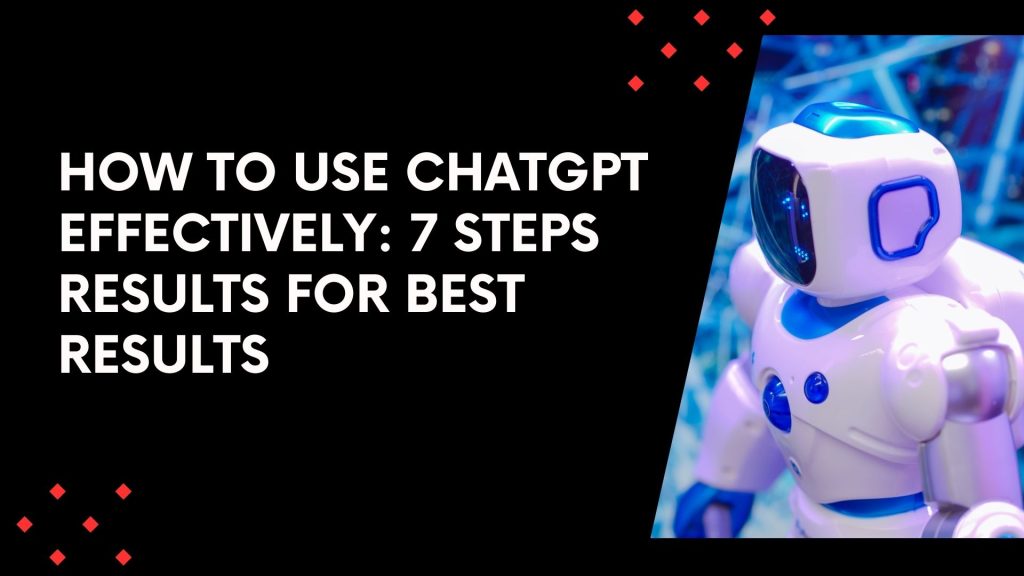If you don’t use ChatGPT effectively, it will remain an innovative tool with no real value – says Lucas Pimentel, an AI developer. You’ll create mediocrity, not great work worth sharing. You will waste more time than you will save. The novelty factor will soon wear off and you’ll be back at the drawing board, running your business the manual way.
What is the alternative? Learn how to use it effectively. How to search ChatGPT effectively in 7 steps:
- Assign a Role: ChatGPT can be all things to all people, so tell us who you want it to be for you. “Assigning a role to AI will cause them to take on the behavior of the role you assign them.” It seems so simple at first, but many people forget this first step.
- Give a clear, descriptive and precise task Tell ChatGPT what you want it to do. “I want you [the request],” where the request is “a clear, descriptive and precise task,” advised Pimentel. “The more versatile your call, the better the results.”
- Provide Context : Context matters a lot. Here’s where Pimentel says you should, “include anything in your call that you think will help ChatGPT do a better job.” When Pimentel asks AI to write for him, he includes information on the writing style he likes, the purpose of the text, and any other information to build a well-structured response. When in doubt, provide more context. Get creative with backstory and information details. You never know what added material means to what is produced.
- Give examples Don’t just show ChatGPT context, show them examples too. “Examples will help the AI create a style and do exactly what you want,” Pimentel said. “Fill them with examples of the tasks you want to accomplish.”
- Create rules With humans and machines, following the rules produces the best results. Pimentel said most people put this part aside because they think it’s unnecessary, “but it’s actually a key factor in getting the most out of your models.” This is where you write everything you want the AI to do.
- Create Constraints “I’m going to split what I want the AI to do and what I don’t want the AI to do into two separate instructions because I believe that gives better results. ,” Pimentel said. So, in addition to telling HIM the rules, in the last step, tell him what to avoid. “Create a list of restrictions on what you don’t want AI to do.” ChatGPT will find a way to follow your restrictions, so try a few and see how it performs. You can always edit your call to generate the response if it doesn’t go well, or if you want to add more. A human can ignore them, but a machine won’t.
- Evaluate and iterate Finally, be ready to make changes. “Rarely will you create the perfect call to automate a time-consuming task to begin with,” Pimentel said. So be patient. Pimentel knows this process is iterative, so after each set of results, evaluate them, make changes to your call and see if you can get better results.

